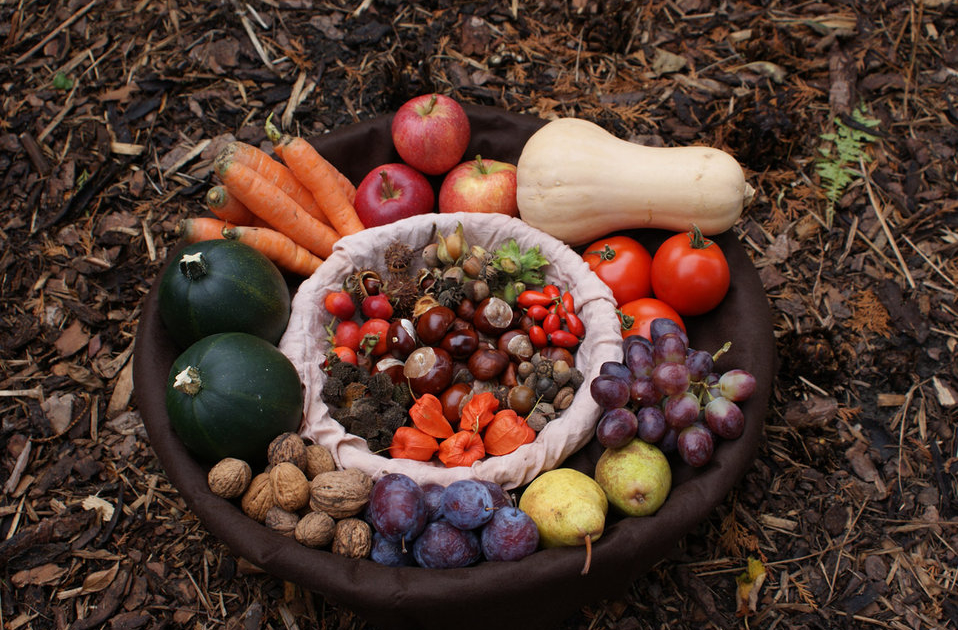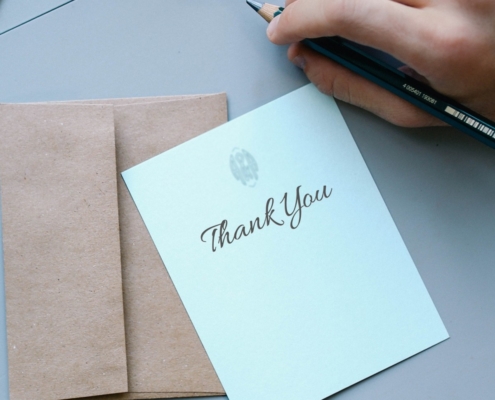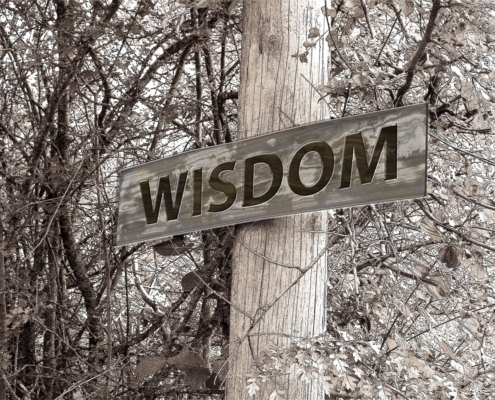Let’s hear it for support!

All hail, support! Let’s look at support: Lending it, and receiving it. Are there different types of support? If so, do they provide different functions? Does it matter?
In this edition of Soul Notes, we examine what support means, how it may show up in our lives, and to what desired end or ends.
In Support Of Support
We’ve all heard the phrases: Supportive family; supportive friend; supportive spouse. There’s spousal support and child support. Many businesses offer customer support. Slogans and strong sentiments abound, such as: Support Our Troops. In hospitals, we have life support. My grandmother wore something called support hose (grin).
No matter how self-sufficient, self-sustaining, or self-supportive each of us may be, I’d venture to say that no one is without the need for support. To paraphrase John Donne: No man or woman is an island.
Support may take the form of: financial, emotional, spiritual, inspirational, motivational, or by way of role modeling. It may even be literal, physical support. Ever have someone hold and steady a ladder for you, as you teeter on the top rung? It’s pretty darn helpful to have a second person there!
Similarly, we may welcome another’s offer to lend a compassionate ear, or to provide earnest witnessing, or simple reflection. Often we simply cannot see what someone else may see, figuratively and literally. In a glass mirror, we see in effect the opposite of what someone else sees when they look at us. It’s an illusion of sorts. (Take a moment and you’ll see what I mean. When you look into a mirror – does your left eye appear to be on the left? Look at your face as if you were looking at another person standing in front of you. Your left eye actually appears to be where the ‘other’ person’s right eye would be.)
Just as with reinforced siding on a house, support from other human beings may also help you to “weather the storm.” It lightens the load. It helps distribute the weight. It provides stability and sustainability.
As with a physical house or building, structural supports serve as reinforcements. Ever watch any of those home remodeling shows? Ever notice how often they talk about whether the renovation would require altering or removing a “load-bearing wall”? It’s actually pretty darn important.
While structural supports help sustain the weight of what’s above them, and make the overall structure stronger and more sustainable, these supports fit together by design with other parts of the building. It’s an integrated system, working together.
The support does not stand on its own, so to speak. It provides a foundation, nothing more, nothing less. It still requires something on top of it to provide its own function and strength. The supports do not overtake, nor replace what they’re holding up. They do, however, allow what’s being held to “last longer.”
As another example, let’s say that you’re holding a pitcher of water. Water is heavy and quickly feels even heavier the longer you hold the pitcher of water. Let’s say, now, though, that you rest your elbow on the side of a table, and continue holding the pitcher of water. Now that table serves as your support, and you are able to hold the pitcher much longer, more steadily, and with less exertion of brute strength, energy, and effort.
Okay, so enough with the physics. The point is this: It’s okay to seek out support. In fact, it’s just plain smart and awfully wise to do so. It’s as equally grand to serve as the source of support as it is to seek out support when needed. Sometimes you’re the water bearer; sometimes you’re the table!
Be on the look-out for both types of opportunities. They abound for each of us, in our daily lives, and throughout our lives.
Back Support
Okay, we’re not talking here about supporting your lumbar with an ergonomic chair, although I suppose we could! We’ve all heard the phrase, “I’ve got your back.” Or: “The universe has your back.”
To provide a little historical perspective: One explanation for this phrase is that it dates back to the army in ancient Greece, where soldiers would pair up on the battle field, and sit literally back-to-back. The idea was that each soldier that way would be able to cover what the other could not see. It was the ultimate buddy system.
What this allowed them to do, and that which symbolically holds true today, is this:
Having support helps you stay focused on the challenges in front of you. It facilitates your ability to attain results in a more effective way than you may ever attain purely on your own. It provides reassurance and comfort when you feel wobbly, or you tend to waver, or you feel like completely giving up. As on the literal battle field, of course, as with our figurative battles, you want that person who has your back, who’s got you covered, to be someone upon whom you can place your deep trust. Someone who’s cool under pressure helps, too.
One of the best compliments I remember receiving came during my early days as a sales rep, after leaving a million dollar pricing negotiation with a CFO at a major law firm. My sales manager came with me to the appointment. I knew we were prepared (she provided strong support to me beforehand, as we worked together in reviewing the account, the pricing history, and our goals going into the meeting), and that my years as a litigator would serve us well when we entered the conference room.
The CFO was tough and to the point. He surely wasn’t open to small talk. I could tell he made my boss a little uneasy. Straight away, he challenged us on some of the pricing numbers, and I uncovered a (most likely inadvertent, yet nonetheless) miscalculation in one of his spreadsheets. In that moment, I saw that I had earned his respect, and we proceeded to reach an amicable resolution, and walked out of the meeting with a solid, satisfying deal for both sides.
As we got back to the office, my boss smiled and shared with the sales team: “In case you ever need someone, Lori is a really good person to have with you in a foxhole.” We worked well together on that account. I had her back; she had mine. Ultimately, we were supporting our sales department and our company, too, in securing that deal and in not losing a big account.
The benefits and ways to get started:
So, what are some ways to offer and to show support?
One-on-One:
I remember learning, as a budding young reporter, about the importance of asking the right questions during an interview with a news source – the cardinal “five Ws and an H.” Anyone else remember those? Or, in consultative sales, we were taught to ask open ended questions, designed to allow people to open up and share issues or concerns, or to clear up any potential misunderstanding.
Such approaches also facilitate the building of trust.
Accordingly, to offer support, it may be as simple as starting with: “What, if anything, do you need?” And then allowing the other person to answer as fully as they feel comfortable with in that moment.
Group support:
Out socializing, a friend recently shared with me the benefits of a group fitness program, where she participates daily on her own at her own pace, combined with what she said was the big benefit of group support by way of daily participant check-ins, social media posts for inspiration, and the like. Knowing that others are going through the same exercises and sharing their wins as well as their challenges, has been hugely beneficial, she said. It has been what has kept her moving forward and seeing greater results than she would have reached otherwise.
For your consideration:
So, support – seeking it and providing it. Is it worth it? Is it necessary? As we draw this line of inquiry to a close, I leave you with this:
“No one is useless in this world who lightens the burdens of another.”
– Charles Dickens
Okay, your turn:
What does support mean to you? In what ways or situations do you seek it? When do you offer it? How well is it received?
I invite you to share your thoughts, feelings, and experiences in the Comments section, below. Soul-to-soul!
© 2016 Lori A. Noonan. All Rights Reserved.

 In what ways have you incorporated thankfulness in your life?
In what ways have you incorporated thankfulness in your life?

 For the most part, I look for examples of what I’d like to “see more of” in the world. By contrast, I suppose that in so doing, I’m also pointing out what I’d like to see “less of” in the world – and yet, why give extra mileage to those things, is my thinking? Haven’t those negative things already gained more than enough traction?
For the most part, I look for examples of what I’d like to “see more of” in the world. By contrast, I suppose that in so doing, I’m also pointing out what I’d like to see “less of” in the world – and yet, why give extra mileage to those things, is my thinking? Haven’t those negative things already gained more than enough traction?
 We all remember being asked the question when we were young: What do you want to be when you grow up? Me: a philosopher. I didn’t hear anyone around me saying that they wanted to be that. It wasn’t exactly listed anywhere as a possible career track. That didn’t matter to me. If it was needed, and served a purpose, why couldn’t it be an occupation?
We all remember being asked the question when we were young: What do you want to be when you grow up? Me: a philosopher. I didn’t hear anyone around me saying that they wanted to be that. It wasn’t exactly listed anywhere as a possible career track. That didn’t matter to me. If it was needed, and served a purpose, why couldn’t it be an occupation? It’s a particularly energetically charged time in the United States, as evidenced by recent politically volatile and even at times highly venomous and violence-infused protests, and counterprotests, resulting in understandable public outcries and feelings of despair and disbelief.
It’s a particularly energetically charged time in the United States, as evidenced by recent politically volatile and even at times highly venomous and violence-infused protests, and counterprotests, resulting in understandable public outcries and feelings of despair and disbelief. What if duality were no longer how we positioned things? What if we were to approach these political divides from a place of universality, instead? As humans, after all: We share the same air, bleed the same blood, shed the same tears.
What if duality were no longer how we positioned things? What if we were to approach these political divides from a place of universality, instead? As humans, after all: We share the same air, bleed the same blood, shed the same tears.

 Allow me to clarify that this is not in any way intended to discredit the masculine. It’s merely an observation that the time has arrived where we’re seeing an uprising toward “tipping the scales” back a bit more toward symbiosis. The yin yang symbol itself, for example, represents this well, in my opinion. It’s a swirl of two mirror image shapes of the same size, embracing each other within the one circle. They complement rather than compete with one another. They hold each other in balance and securely in place.
Allow me to clarify that this is not in any way intended to discredit the masculine. It’s merely an observation that the time has arrived where we’re seeing an uprising toward “tipping the scales” back a bit more toward symbiosis. The yin yang symbol itself, for example, represents this well, in my opinion. It’s a swirl of two mirror image shapes of the same size, embracing each other within the one circle. They complement rather than compete with one another. They hold each other in balance and securely in place.


 These questions may sound familiar. Do you recall a time when you were asked to speak up, and you didn’t? Or, perhaps you felt the urge to voice your opinion, and you refrained from doing so? Or, how about those times when you started to speak, and then you held yourself back in some way? Often, we may have lots to say, but we withdraw, for fear of being misunderstood, disrespected, or not even truly heard at all.
These questions may sound familiar. Do you recall a time when you were asked to speak up, and you didn’t? Or, perhaps you felt the urge to voice your opinion, and you refrained from doing so? Or, how about those times when you started to speak, and then you held yourself back in some way? Often, we may have lots to say, but we withdraw, for fear of being misunderstood, disrespected, or not even truly heard at all.